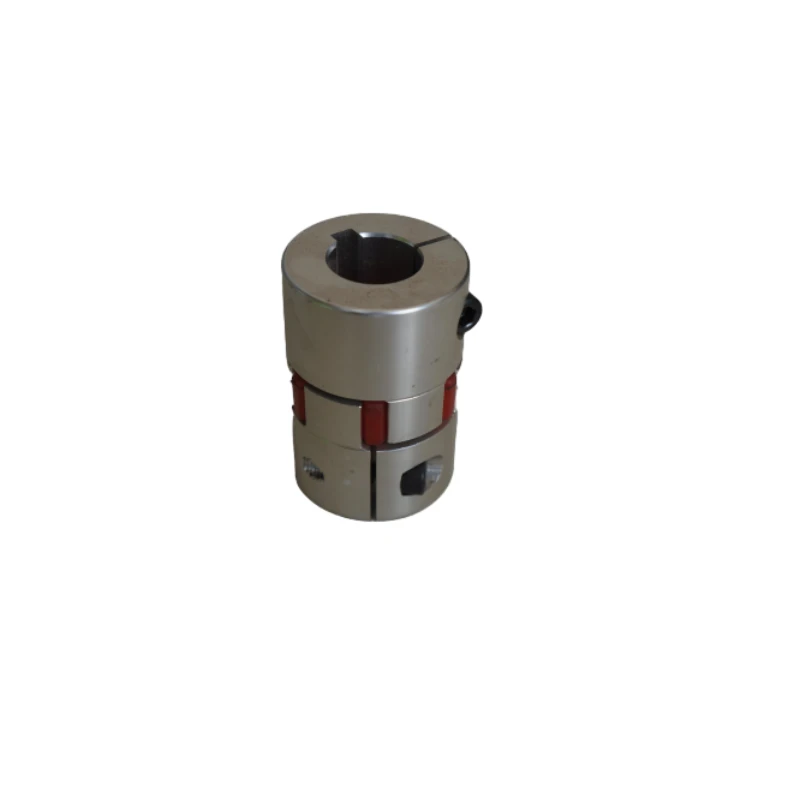sand cast iron
Sand Cast Iron The Art and Science of Metal Casting
Sand cast iron is a crucial material in various industries due to its unique properties and casting methods. This type of iron is made by pouring molten iron into a sand mold, which has been formed to create the desired shape. The casting process has been used for centuries, making it one of the oldest manufacturing techniques still in use today. This article will explore the characteristics of sand cast iron, the advantages of sand casting, and its applications across different sectors.
Characteristics of Sand Cast Iron
Sand cast iron typically refers to cast iron that is produced using sand molds. Cast iron itself is an alloy of iron, carbon, and silicon, with carbon content usually ranging from 2% to 4%. There are several types of cast iron, including gray iron, ductile (or nodular) iron, white iron, and malleable iron, each with distinct properties. Gray iron is the most commonly used type, known for its excellent machinability, good wear resistance, and significant damping capacity. The graphite flakes in gray iron help in absorbing vibrations, making it a preferred choice for automotive and machinery components.
Advantages of Sand Casting
The sand casting process offers several advantages that make it a popular choice for manufacturers. First and foremost, sand casting is versatile, allowing for the production of complex shapes and large components. The process can accommodate a variety of sizes, ranging from small intricate parts to massive industrial components.
Another advantage of sand casting is its cost-effectiveness. The materials used to create sand molds are readily available and inexpensive. Furthermore, the sand can be reused multiple times, which significantly reduces waste and costs associated with the molding process. Additionally, sand molds can be produced quickly, allowing for shorter lead times in manufacturing.
Additionally, sand casting does not require expensive equipment or tooling, making it accessible for small-scale operations and craftsmen. This accessibility allows for innovation and rapid prototyping, essential in today’s fast-paced industrial landscape.
Applications of Sand Cast Iron
sand cast iron

The versatility of sand cast iron means it finds applications in various industries
. One of the most significant uses is in the automotive sector, where components such as engine blocks, transmission cases, and brake components are produced. The high strength-to-weight ratio of gray iron makes it particularly suitable for these applications.Manufacturing industries also rely on sand cast iron for producing machine components, including housings and frames for various types of machinery. The damping characteristics of gray iron enhance the performance and longevity of machinery, making it an ideal choice for high-performance applications.
In the construction sector, sand cast iron is utilized for decorative elements and architectural features. From ornate railings to intricate facade elements, the aesthetic appeal and malleability of cast iron allow architects and designers to create stunning structures.
Environmental Considerations
While sand casting has many advantages, it’s essential to consider its environmental impact. The process can produce waste, and there are concerns about the sand used in molding. However, many manufacturers are adopting more sustainable practices, such as using recycled materials and investing in cleaner technologies.
Innovations in casting technologies aim to minimize the ecological footprint, ensuring that sand cast iron remains a viable material choice in the future.
Conclusion
Sand cast iron is an exemplary illustration of how traditional methods can coexist with modern manufacturing needs. Its unique properties, cost-effectiveness, and versatility make it a staple across various industries. As technology advances and environmental concerns grow, the sand casting industry is poised to evolve, continuing to meet the demands of a changing world. By understanding and leveraging the advantages of sand cast iron, manufacturers can create high-quality, durable products that stand the test of time.
-
Top Extras Casting Solutions Die Casting and Sand Casting Experts High-Quality Casting and Die Casting ServicesNewsJun.10,2025
-
Top SS Casting Manufacturer Aluminum Die Casting Manufacturer China Precision Die Casting Company SupplierNewsJun.10,2025
-
High-Quality Brass Casting Sand for Precision Sand Casting Brass at HomeNewsJun.10,2025
-
Affordable Aluminum Sand Casting Solutions Custom PartsNewsJun.09,2025
-
High-Quality China Sand Casting Services Cost-Effective & ReliableNewsJun.09,2025
-
Premium Hot Stamping Parts Durable Plastic Decor SolutionsNewsJun.09,2025















